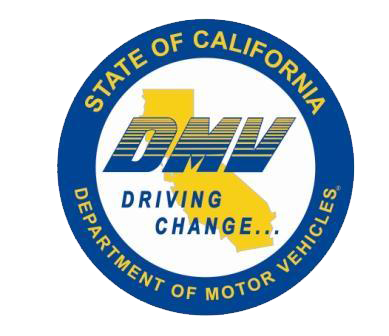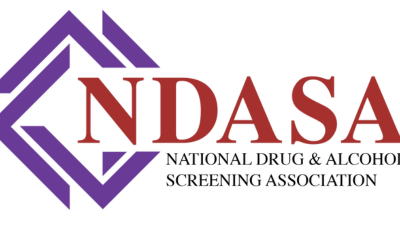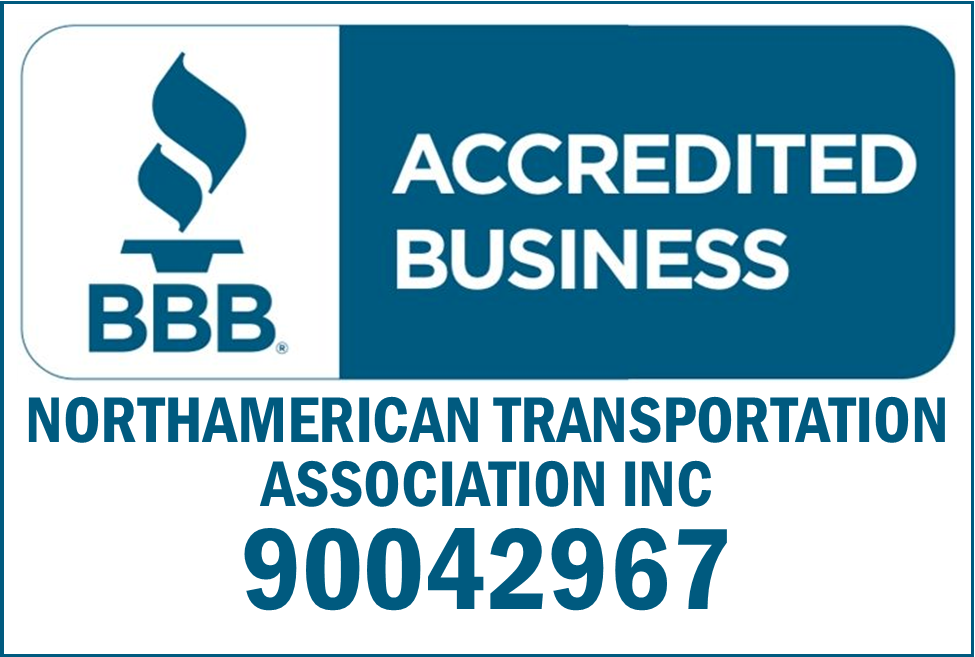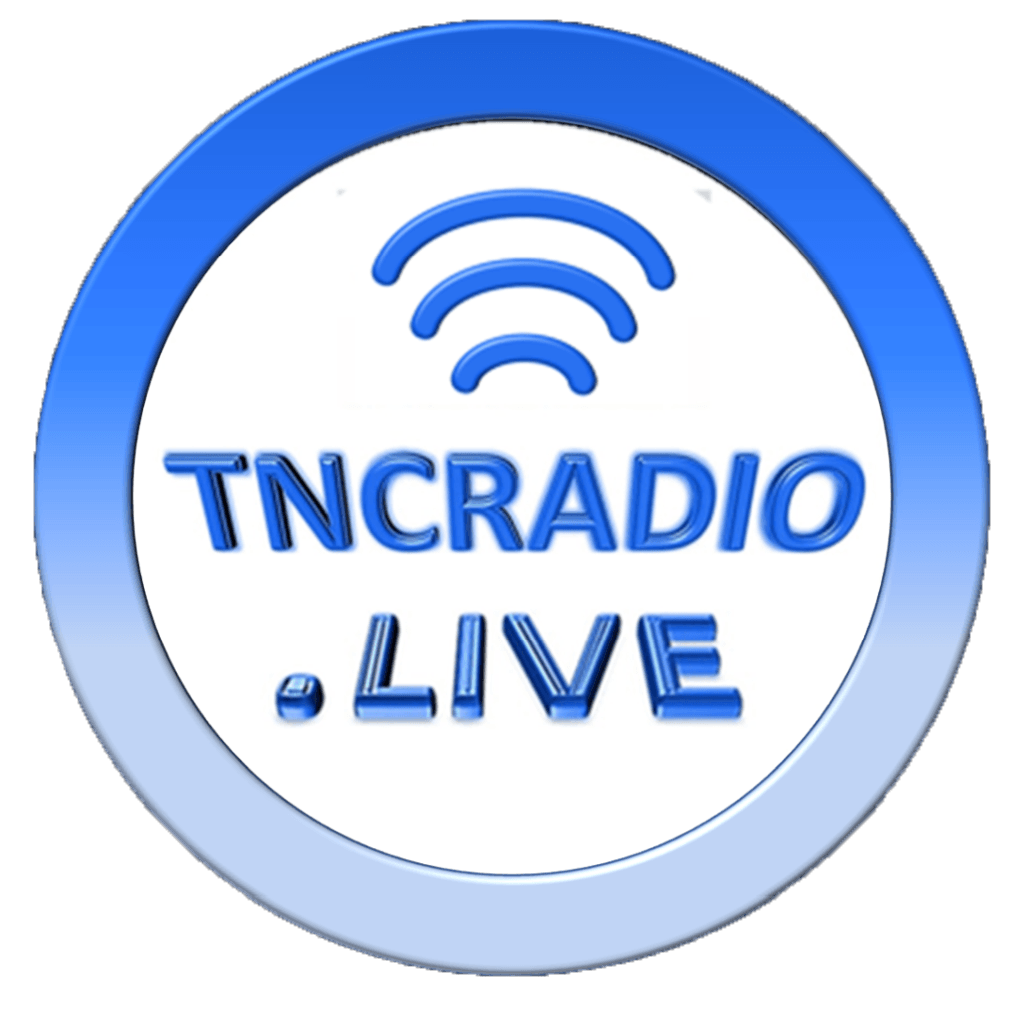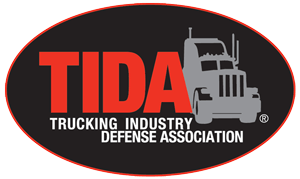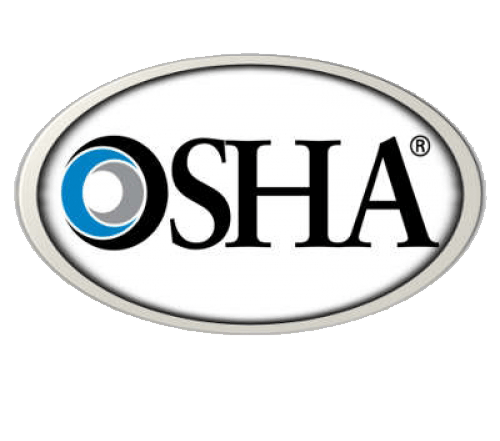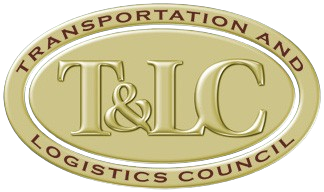Pitfalls of CBD Use Among Commercial Drivers
Author: Brandon Wiseman, Trucksafe Consulting
The highway transportation industry is no stranger to the longstanding debate on the legalization of marijuana in the U.S. That debate plays directly into one of the main components of the safety-related regulatory scheme for highway motor carriers: drug/alcohol testing for commercial drivers.
Drivers subject to the Federal Motor Carrier Safety Regulations have long been prohibited from using marijuana, despite various states’ efforts to legalize the substance for medicinal and/or recreational use within their borders. This is well-established.
But what is less so is the impact of CBD use among commercial drivers.
What is CBD?
It’s primarily a derivative of hemp, a close relative to marijuana. Both hemp and marijuana fall into the cannabis genus. Cannabis plants contain two compounds: cannabidiol (CBD) and tetrahydrocannabinol (THC). While both CBD and THC are cannabinoids, only THC has a psychoactive effect on the human body. Thus, CBD does not produce the same “high” effect as THC. Both marijuana and hemp contain both CBD and THC, but in different amounts. Marijuana contains much more THC, which can lead to impairment.
Generally, hemp-derived CBD products (those containing less than 0.3% THC) are legal in most states. Because many contain little to no THC, they are typically safe for use among the general population. However, with very few regulations governing these products, manufacturers are not being held accountable for ensuring their products do, in fact, contain the low levels of THC they advertise. And therein lies the problem, particularly for commercial drivers.
Commercial Drivers Prohibited from Marijuana Use
As it stands, marijuana remains an illegal Schedule I substance, as classified under the federal Controlled Substances Act. That’s despite 21 states having made recreational use legal.
The tension between federal and state laws on this topic creates ambiguity. This is particularly true given the politicization of the issue. In fact, there have been directly conflicting enforcement bulletins from the federal Drug Enforcement Agency, depending on which political party happens to be in office at the time.
The U.S. Department of Transportation has remained steadfast in its assertion that federally regulated transportation employees (including commercial drivers) remain prohibited from using marijuana while that substance remains illegal at the federal level. In 2017, the USDOT's Office of Drug and Alcohol Policy posted the following notice, which remains in effect to this day:
Recently, some states passed initiatives to permit use of marijuana for so-called “recreational” purposes. We have had several inquiries about whether these state initiatives will have an impact upon the Department of Transportation’s longstanding regulation about the use of marijuana by safety‐sensitive transportation employees … We want to make it perfectly clear that the state initiatives will have no bearing on the Department of Transportation’s regulated drug testing program. The Department of Transportation’s Drug and Alcohol Testing Regulation — 49 CFR Part 40 — does not authorize the use of Schedule I drugs, including marijuana, for any reason. Therefore, Medical Review Officers (MROs) will not verify a drug test as negative based upon learning that the employee used “recreational marijuana” when states have passed “recreational marijuana” initiatives. We also firmly reiterate that an MRO will not verify a drug test negative based upon information that a physician recommended that the employee use “medical marijuana” when states have passed “medical marijuana” initiatives.
So, despite state legalization of marijuana, the substance remains illegal for use among those subject to the federal drug/alcohol testing regulations, including those with commercial drivers licenses. CDL drivers who test positive for marijuana will be prohibited from performing a safety-sensitive function, including driving, unless and until they complete the return-to-duty process.
As it turns out, this is a major problem for the industry.
Drug Testing and the Driver Shortage
According to recent data from the federal Drug & Alcohol Clearinghouse, a total of 101,512 positive drug tests stemming from marijuana use have been reported to the Clearinghouse since its inception in early 2020. Positive tests from marijuana use far outpace positive results from all other illicit substances combined. What’s more, 120,345 commercial drivers remain in “prohibited status” due to a drug or alcohol violation, meaning they are unable to operate a commercial vehicle in commerce.
But what about non-CDL drivers (those operating smaller vehicles in interstate commerce)? Even drivers who aren’t subject to DOT drug/alcohol testing rules are still prohibited from using marijuana by virtue of the physical qualification requirements in Part 391 of the FMCSRs. Indeed, 49 CFR 391.41(b)(12) provides that a commercial driver is only qualified to operate a commercial vehicle if he/she does not use any Schedule I drug, which, again, includes marijuana. Thus, any non-CDL drivers who use marijuana are technically not medically qualified to operate a commercial motor vehicle.
Content Disclaimer: Due to the constantly changing nature of government regulations, it is impossible to guarantee the total and absolute accuracy of the material contained herein or presented. NorthAmerican Transportation Association (NTA) cannot and does not assume any responsibility for omissions, errors, misprinting or ambiguity contained. NTA shall not be held liable in any degree for any loss, damage or injury caused by any such omission, error, misprinting or ambiguity present. It is made available with the understanding that NTA is not engaged in rendering legal, accounting or other professional service. If legal advice or other expert service is required, the services of such a professional should be sought.



